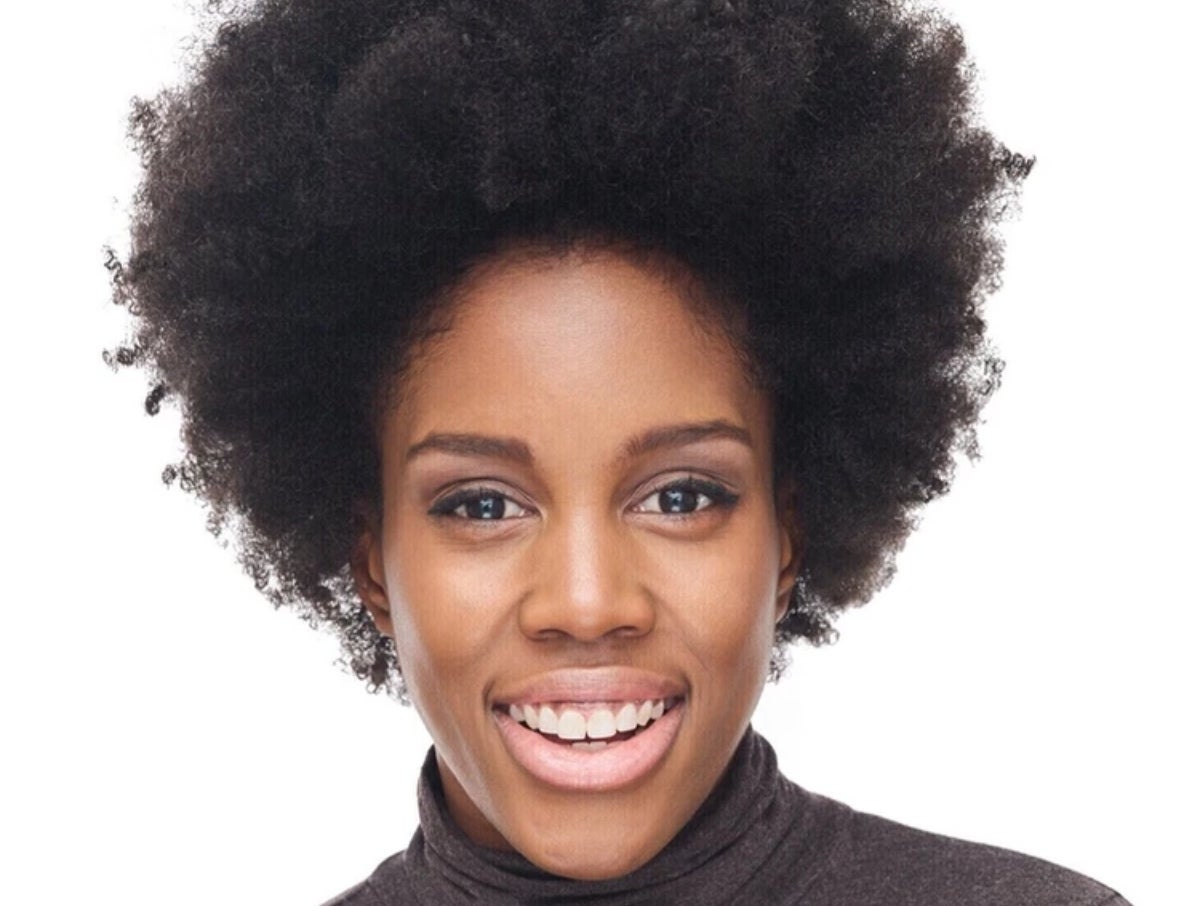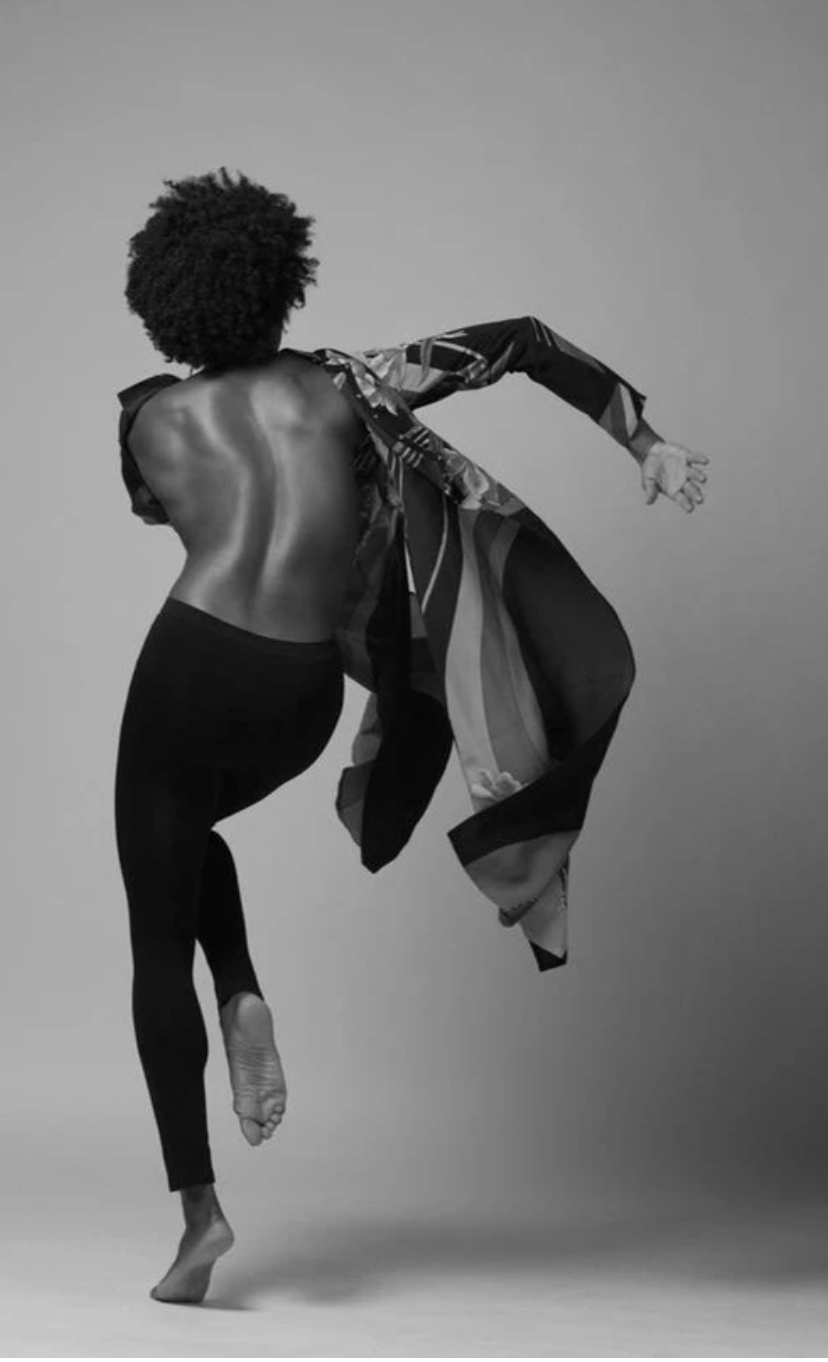
Choreographer Paige Fraser was well into adulthood before she recognized the trauma her childhood diagnosis of scoliosis caused. Fraser, now 31, has been dancing since she was four years old. As a toddler, it was something she just enjoyed doing. But at age 10 when her teacher chose her for the role of Clara in The Nutcracker, Fraser started to consider dance as a career. Just a few years after that dream was taking root in her mind and in her life, she saw that her spine was shaped like the letter S.
“It’s like nothing feels off about me,” Fraser recalls thinking at the time. “I’m not in pain, thank God. Some people are in pain when they have this condition. So it really felt like a random attack that I had no control over.”
While doctors immediately suggested surgery, Fraser’s parents, who helped to ground her in that moment, chose to take her to a chiropractor instead. He worked with her during the critical years of her development and Fraser also wore a corrective back brace at school and when she slept.
“I could only take it off when I was dancing,” Fraser says. “There it is again, dance kind of saving and reminding me, ‘This is why I love it.’ Dance has always been that safe space.”

While dance was a safe space for her, with scoliosis, it wasn’t always easy to be there.
“[Scoliosis] can affect your alignment, your center of gravity, your breathing, digestion. It’s connected to the nervous system. It’s the spine,” Fraser explains. “I’m going through all these things at 13-years-old. Just keeping my eye focused on, I want to be a dancer. Now, I’m like, ‘Wow, I didn’t really process those emotions well.’ I just kind of got through it because I didn’t want to seem inadequate. I didn’t want to seem like I couldn’t do it.”
Becoming a dancer was possible. But for Fraser, it would take additional care and attention.
“It’s not like I wake up and I’m ready for the stage. I take floor barre. It’s a series of exercises that help me align myself. Because I have scoliosis, one side of your back is stronger than the other,” Fraser says. “I’m constantly having to strengthen those weaker areas. I take gyrotonics. I take ballet, modern class to keep me and my body together.”
The additional maintenance has paid off. Not only has Fraser’s body held up in the decades since she first began dancing, her work and perseverance led her to become the Dance Captain for Disney’s The Lion King on Broadway.
The journey to this appointment would take nearly a decade. After Fraser graduated from Fordham University with a BFA (bachelor of fine art) she was offered a contract to dance with the Ailey II enseble.
“Then I needed a job because that contract ended,” Fraser explains. “And that’s when I first auditioned for The Lion King in 2011. I made it to the end but I didn’t get it my first audition.”
After that first attempt, she moved to Illinois and danced with the Visceral Dance Chicago where she was a founding dancer. She was with them for six years but still knew she needed to break into musical theater.
“I knew musical theater takes a while to break into it,” Fraser recalls. “I have a job but why not audition and work on that skillset of singing in front of someone and do something completely out of my comfort zone? I was auditioning for Lion King whenever I saw it. I flew to L.A. I flew to New York.”
Finally, on her seventh audition The Lion King came to her in Chicago. Eight months later she got the call saying they wanted her for a position.
“As artists, we go into these auditions and when we don’t get it, we’re so hard on ourselves and upset,” Fraser said. “Now that I’m older and understand that, I’m glad that I never gave up because a lot of times, it’s not even about your dancing or talent, it’s about the timing of it all.”
Fraser booked The Lion King and worked on The Rafiki Tour for six months before the pandemic hit. Once Broadway returned, she got an email saying the show was offering her the role of dance captain swing.
Swings are understudies who are responsible for knowing various parts of the show. Swings famously saved Broadway when COVID was affecting cast members.
And as dance captain, Fraser is responsible for leading, teaching and troubleshooting.
“As dance captain, if someone is new to the show, I am one of the people who gets to help teach,” Fraser explains. “If there are problems in the cast, spacing, they come to me and I can keep an eye on it because I’m not in the show everyday. I can see what’s happening and say let’s problem solve and address it.”
Fraser knows that its her life experiences that have prepared her for this time in her life. “The years leading up to this: my perseverance, having scoliosis and never quitting and being diligent in my work and taking it seriously. Having a ritual, being very disciplined. I think all of those characteristics definitely helped in creating the artist that you’re seeing here, right now.”
Now that she’s made a path for herself, Fraser wants to give back to future dancers, of all abilities. The Paige Fraser Foundation, co-created by Fraser and her aunt Lesmah Fraser in 2017, offers free arts programming through dance, music, visual arts, theater and wellness to the community.
“What’s important to me in that messaging is that we are trying to create a space that is welcoming to all,” Fraser says. We want to create a space where abled bodies are sharing the space with disabled, physically challenged bodies. We’re not just offering a dance class. It is inclusive and what we are trying to do and give to the community is very specific.I think that is so important for people to know about us. ”
